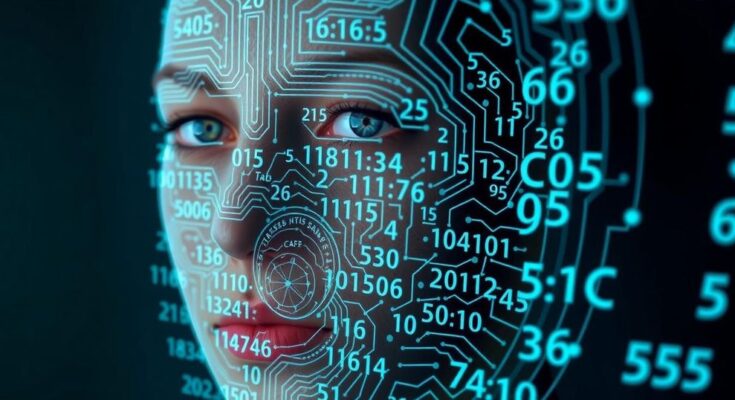Human rights groups, including Amnesty International, are advocating for stricter U.S. controls on facial recognition technology amidst concerns over mass surveillance. They urge the government to extend restrictions to include all biometric identifiers while noting gaps in the current export control list. Concurrently, similar issues arise in the Netherlands regarding surveillance of protests, fueling fears over privacy and civil rights.
Human rights organizations are rallying for stricter U.S. export controls on facial recognition technology. Noteworthy groups including Freedom House and Amnesty International have urged the government to implement more comprehensive restrictions on remote biometric identification systems. These recommendations come in light of the Department of Commerce’s recent proposal to include mass surveillance facial recognition systems on the Commerce Control List, emphasizing the need to curb potential unauthorized monitoring and detainment by foreign governments. The submitted recommendations highlight the importance of safeguarding human rights globally. Advocates argue that the proposed measures must extend beyond facial scanning to encompass technologies that can identify individuals via various biometric markers, such as voice or gait, which could dangerously facilitate mass surveillance practices. Furthermore, the groups have noted the omission of certain nations, like Kyrgyzstan, from the export control list, suggesting a thorough review is necessary. In a related concern, Amnesty International released findings about the Netherlands’ digital surveillance tactics during protests. Their report notes that the use of drones and body cameras has created a tense atmosphere, leading to apprehension among protestors. Director Dagmar Oudshoorn criticized the lack of transparency regarding how the recorded footage is utilized, underscoring that surveillance is being prioritized over citizens’ rights to freely assemble. Oudshoorn argues, “Camera surveillance is being deployed because protests are being perceived as a security risk rather than a fundamental right,” further advocating for a complete prohibition of facial recognition technology for identification at protests. Alongside public apprehension, the Dutch Data Protection Authority recently penalized Clearview AI for illicit data collection while the agency simultaneously supports police utilization of facial recognition under tight conditions. The duality of law enforcement’s reliance on biometric surveillance reveals widespread tensions surrounding privacy and security frameworks. As these human rights groups continue to push for tighter controls, the balance between technological advancement and personal liberties remains precariously poised, illuminating the urgent need for comprehensive legal frameworks amidst rapid technological changes.
The push for stricter export controls on facial recognition technology arises amid growing concerns over human rights and civil liberties. With advancements in surveillance technology, the ability for governments to monitor and control populations has intensified, leading to calls from various human rights organizations for protective regulations. Central to the debate is the implementation of safeguards to prevent misuse of biometric identification that could enable oppression and surveillance of marginalized groups. The situation is echoed in Europe, where countries like the Netherlands face challenges related to police surveillance during public protests, fuelling the broader narrative on privacy and human rights implications.
In conclusion, the concerted effort by human rights organizations to advocate for stringent export controls on facial recognition technology underscores a critical discourse on privacy and civil liberties. The need for transparency and robust regulations in both the U.S. and European contexts highlights an ongoing struggle to balance security measures with fundamental rights. As technologies evolve, the dialogue surrounding their ethical use must remain at the forefront of public policy discussions.
Original Source: www.biometricupdate.com



